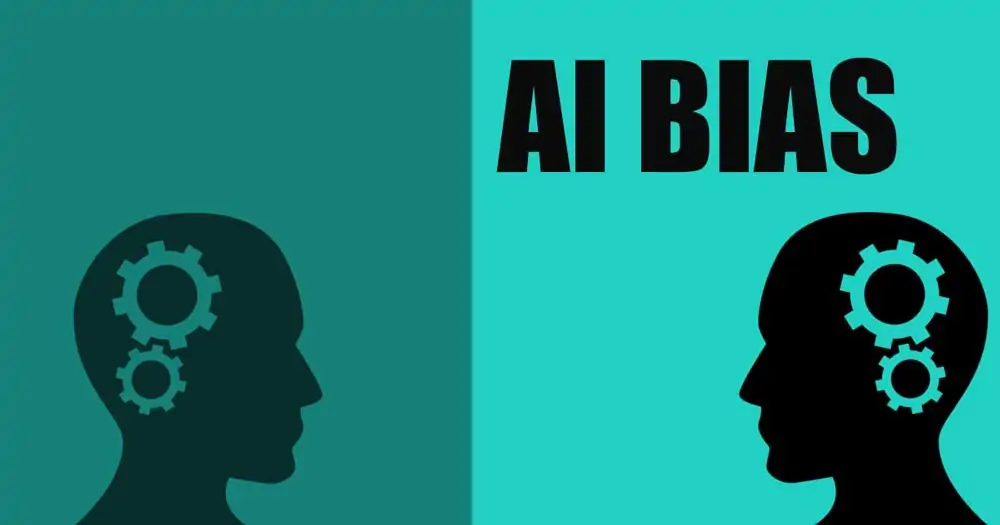Artificial intelligence (AI) is present in almost every aspect of contemporary life, from helping with medical diagnosis to suggesting tailored material on social media platforms. However, bias is a constant threat associated with it. Despite being hailed for their objectivity, AI systems have the unintentional ability to reinforce and even magnify societal biases.
According to CyberGhost, bias does not automatically arise in AI. It only absorbs knowledge from the facts provided to it. AI will also be biased if the data exhibits or reflects societal biases. To be more precise, biased data fed to AI’s training program will yield biased output. Put otherwise, the prejudices we observe in AI originate from us—the individuals who create, teach, and employ these systems.
Businesses are driven to address the issue of bias in AI to guarantee improved outcomes and achieve fairness. However, eradicating bias in AI is a difficult endeavor, much as systemic racial and gender bias has proven challenging to eradicate in the real world. Building just and equitable AI systems requires an understanding of the causes of AI bias as well as strategies for reducing its consequences.
Why Does AI Bias Happen?
Bias in AI originates from a variety of places and is frequently a reflection of the biases present in both the algorithms and the data used to train these systems. The following are some of the leading causes of AI bias:
Biased Data
AI systems are trained on historical data, which may be biased by nature due to societal prejudices. Biased employment practices, for example, can result in distorted datasets that favor some groups over others.
Algorithmic Biases
Because of the way they are made or the attributes they give priority to, the algorithms themselves could unintentionally embed biases. An AI system may perform poorly when identifying faces from underrepresented groups, for instance, if it has been trained to recognize faces predominantly from one demographic group.
Lack of Diversity in Development Teams
AI systems could unintentionally incorporate the prejudices of homogeneous development teams. When there is a lack of diversity in the development process, it may lead to potential biases being overlooked or other perspectives not being taken into account.
Feedback Loops
AI frequently relies on user interactions and input to improve over time. However, this feedback loop might reinforce preexisting prejudices if the system’s starting biases produce skewed results.
How To Mitigate AI Bias?
Although it may be difficult to completely eradicate prejudice from AI systems, a number of tactics can be used to lessen its effects and promote equity and inclusivity.
Diverse and Representative Data
Ensuring that training data is diverse and representative of the population helps mitigate bias. Data collection efforts should deliberately include underrepresented groups to prevent skewed representations.
Bias Audits and Impact Assessments
Frequent audits and impact analyses can help find and fix AI biases. These evaluations ought to examine the algorithms and decision-making procedures in addition to the data.
Algorithmic Transparency and Explainability
Improving the explainability and openness of AI algorithms can assist in identifying biases and improving user and stakeholder comprehension of their decision-making processes. Methods like algorithmic audits and interpretable machine learning models can provide insight into the decision-making process.
Diverse Development Teams
During the design and implementation of AI systems, it might be helpful to identify blind spots and biases by assembling diverse development teams with a range of backgrounds and viewpoints. Stronger and more inclusive solutions can result from promoting interdisciplinary collaboration.
Regular Bias Testing and Monitoring
By implementing procedures for routine bias testing and observation, companies can monitor the effectiveness of AI systems over time and take corrective action when biases are found. Continuous monitoring makes proactive mitigation actions possible, as opposed to reactive ones.
Ethical Guidelines and Standards
Clear ethical norms and criteria for the development and deployment of AI systems should be established to enable developers and organizations to ensure justice and accountability. The fairness, accountability, and transparency (FAT) ethical framework offers a path forward for tackling prejudice in artificial intelligence.
User Empowerment and Participation
By allowing users to comprehend and question AI judgments, we can lessen prejudice. By allowing users to voice their opinions and seek remedies, we can help people expose biased results and advance AI systems.
Conclusion
AI bias seriously threatens the justice and equity of AI systems, yet these obstacles are not insurmountable. Developers, legislators, and organizations can create more equitable, inclusive, and reliable AI systems by comprehending the root causes of prejudice and implementing proactive mitigation techniques.
In the end, addressing systemic biases and advancing societal values of justice and fairness in the digital era are critical to the goal of unbiased AI and require a dedicated effort from all stakeholders.





